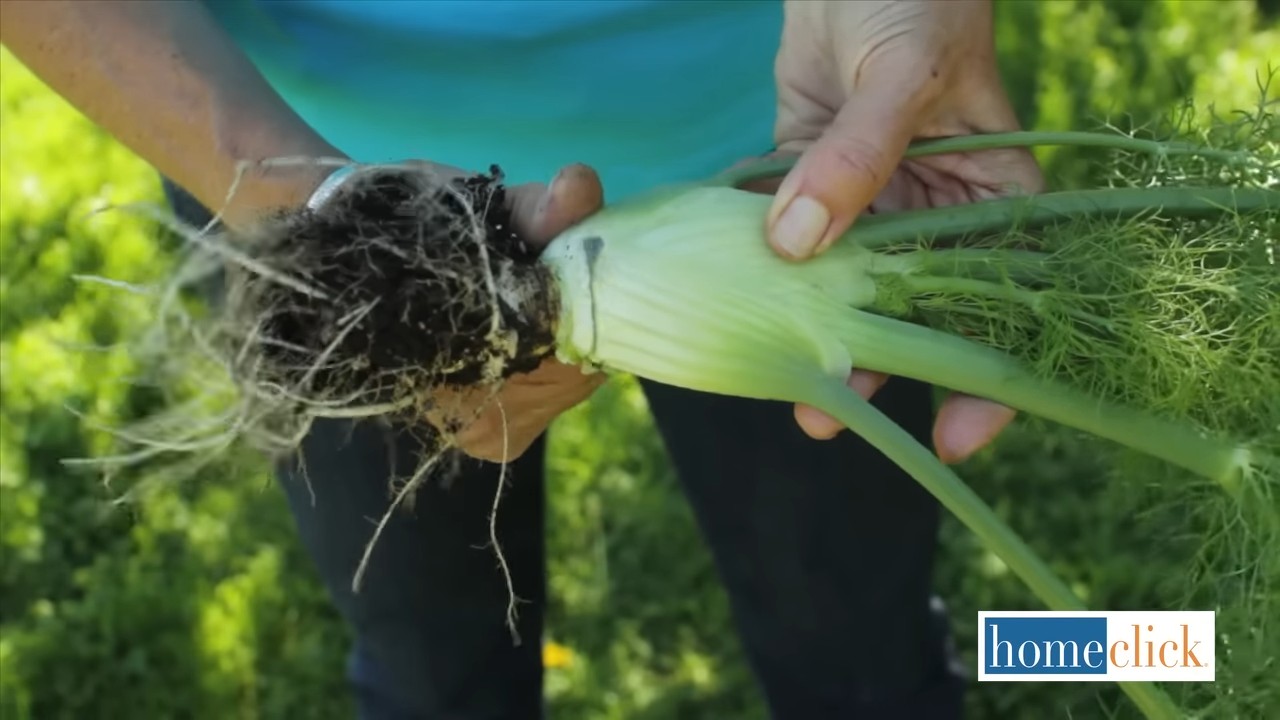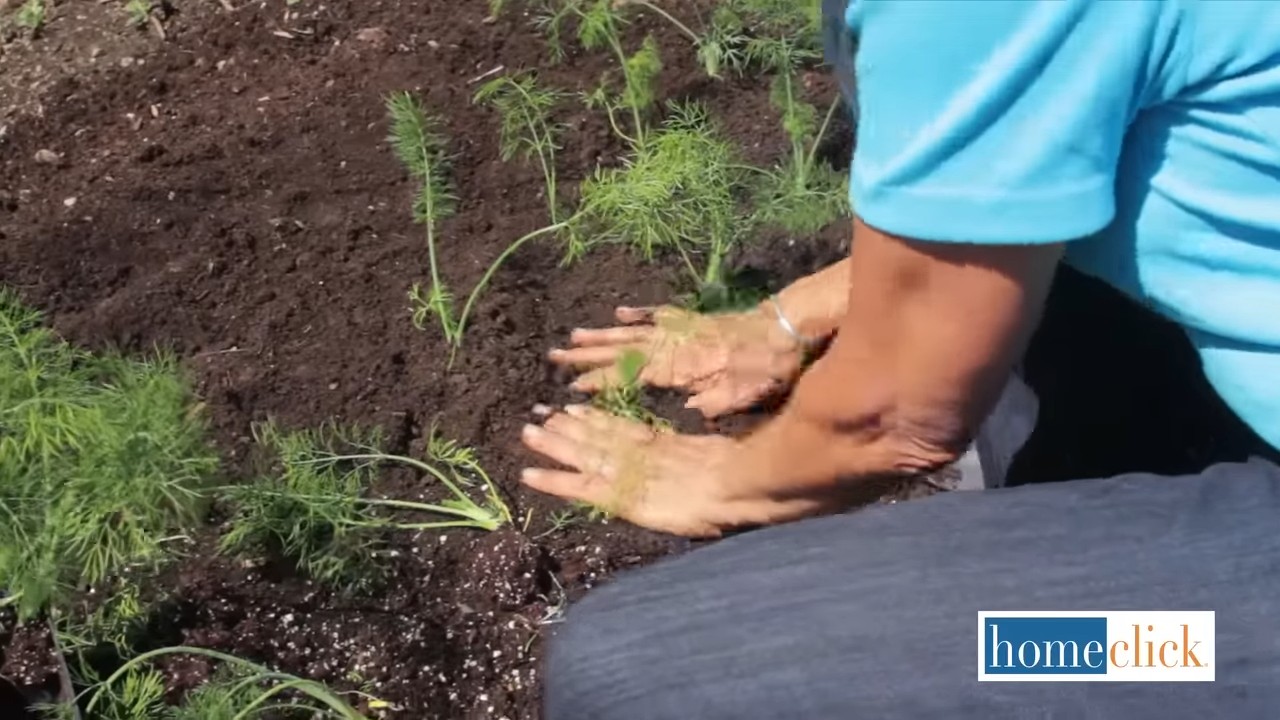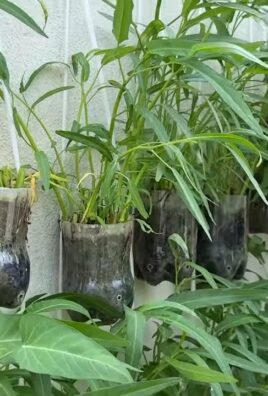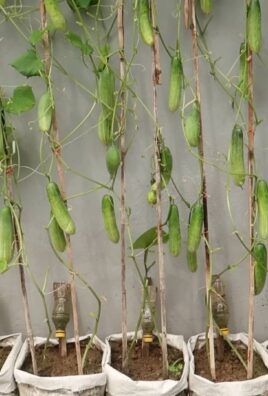Growing Fennel at Home can seem daunting, but trust me, it’s easier than you think! Imagine stepping outside your back door and snipping fresh, fragrant fennel fronds to add a burst of anise-like flavor to your salads, soups, or even grilled fish. Forget those sad, wilted bulbs at the grocery store – we’re talking about vibrant, homegrown goodness right at your fingertips.
Fennel has a rich history, dating back to ancient Roman times when it was prized for its medicinal properties and culinary uses. The Romans believed it promoted longevity and courage, and even used it to help gladiators stay strong! Today, while we might not be facing gladiatorial combat, we can still benefit from this versatile herb.
Why should you learn these DIY tricks for growing fennel at home? Because fresh fennel is expensive and often hard to find! Plus, growing your own allows you to control the quality and ensure it’s organically grown, free from harmful pesticides. I’m going to share some simple, yet effective, DIY hacks that will help you cultivate a thriving fennel patch, even if you have limited space or a less-than-green thumb. Get ready to unlock the secrets to a bountiful fennel harvest!

Growing Fennel at Home: A DIY Guide for Beginners
Hey there, fellow gardening enthusiasts! I’m so excited to share my experience with growing fennel at home. It’s surprisingly easy, and the rewards – fresh, flavorful bulbs and feathery fronds – are totally worth it. This guide will walk you through everything you need to know, from seed to harvest. Let’s get started!
Choosing Your Fennel Variety
Before we dive into the nitty-gritty, let’s talk about fennel varieties. There are two main types: bulb fennel (also called Florence fennel) and herb fennel.
* **Bulb Fennel:** This is the one you’re probably thinking of, with the swollen bulb at the base. It’s what you’ll typically find in grocery stores. Popular varieties include ‘Florence’, ‘Zefa Fino’, and ‘Rondo’. I personally love ‘Zefa Fino’ because it’s relatively bolt-resistant.
* **Herb Fennel:** This type is grown primarily for its leaves and seeds. It doesn’t form a bulb. ‘Bronze Fennel’ is a beautiful variety with dark, feathery foliage that adds a touch of drama to any garden.
For this guide, we’ll focus primarily on growing bulb fennel, but many of the principles apply to herb fennel as well.
Getting Started: Planting Fennel
Fennel can be a bit finicky about transplanting, so I usually prefer to direct sow the seeds. However, if you live in an area with a short growing season, starting them indoors might be necessary.
Direct Sowing (My Preferred Method)
1. **Choose the Right Time:** Fennel prefers cooler weather, so the best time to plant is in early spring (after the last frost) or late summer for a fall harvest. In my zone (7a), I usually aim for late April or early August.
2. **Prepare the Soil:** Fennel needs well-drained, fertile soil. Amend your garden bed with compost or well-rotted manure to improve drainage and nutrient content. I like to work the soil to a depth of at least 12 inches.
3. **Sow the Seeds:** Plant the seeds about ½ inch deep and 2-3 inches apart. Gently cover them with soil and water thoroughly.
4. **Thin the Seedlings:** Once the seedlings emerge (usually in 7-14 days), thin them to about 8-12 inches apart. This gives the bulbs enough room to develop. Don’t be afraid to snip off the weaker seedlings; it’s better to have fewer, stronger plants.
Starting Indoors (If Necessary)
1. **Sow Seeds in Seed Trays:** About 4-6 weeks before the last expected frost, sow the seeds in seed trays filled with a good quality seed-starting mix. Plant them about ½ inch deep.
2. **Provide Warmth and Light:** Keep the trays in a warm location (around 70°F) and provide plenty of light. A grow light is ideal, but a sunny windowsill can also work.
3. **Harden Off the Seedlings:** Before transplanting the seedlings outdoors, you’ll need to “harden them off.” This means gradually exposing them to outdoor conditions over a period of about a week. Start by placing them outside for a few hours each day, gradually increasing the amount of time they spend outdoors.
4. **Transplant Carefully:** Once the seedlings are hardened off, transplant them into your garden bed, spacing them about 8-12 inches apart. Be very gentle when transplanting, as fennel roots are delicate.
Caring for Your Fennel Plants
Once your fennel plants are established, they’re relatively low-maintenance. Here’s what you need to do to keep them happy and healthy:
1. **Water Regularly:** Fennel needs consistent moisture, especially during hot, dry weather. Water deeply whenever the top inch of soil feels dry. Avoid overhead watering, as this can lead to fungal diseases.
2. **Fertilize Sparingly:** Fennel doesn’t need a lot of fertilizer. A side dressing of compost or a balanced organic fertilizer a few weeks after planting is usually sufficient. Avoid over-fertilizing, as this can lead to leggy growth.
3. **Weed Regularly:** Keep the area around your fennel plants free of weeds. Weeds compete with fennel for water and nutrients. I like to use a combination of hand-weeding and mulching to keep weeds under control.
4. **Hill the Bulbs:** As the bulbs begin to swell, hill the soil around them. This helps to blanch the bulbs, making them sweeter and more tender. I usually hill the soil a few inches at a time, starting when the bulbs are about the size of a golf ball.
5. **Watch Out for Pests and Diseases:** Fennel is generally pest-resistant, but it can be susceptible to aphids and slugs. Check your plants regularly for signs of infestation and take action if necessary. I usually start with organic solutions like insecticidal soap or diatomaceous earth. Fungal diseases can also be a problem, especially in humid climates. Make sure your plants have good air circulation and avoid overhead watering to prevent these diseases.
Harvesting Your Fennel
The moment we’ve all been waiting for! Knowing when and how to harvest your fennel is key to enjoying its delicious flavor.
1. **When to Harvest:** You can start harvesting the leaves and fronds at any time. Just snip off what you need. The bulbs are ready to harvest when they reach about 3-4 inches in diameter. This usually takes about 80-100 days from planting.
2. **How to Harvest:** To harvest the bulb, use a sharp knife to cut it off at the base of the plant. You can also gently pull the entire plant out of the ground.
3. **Storing Fennel:** Fresh fennel bulbs can be stored in the refrigerator for up to a week. Wrap them loosely in plastic wrap or place them in a plastic bag. The leaves and fronds are best used fresh, but you can also freeze them for later use.
Troubleshooting Common Fennel Problems
Even with the best care, you might encounter a few problems when growing fennel. Here are some common issues and how to deal with them:
* **Bolting:** Bolting (premature flowering) is a common problem with fennel, especially in hot weather. To prevent bolting, choose bolt-resistant varieties, plant in early spring or late summer, and provide consistent moisture. If your fennel does bolt, you can still harvest the leaves and seeds, but the bulb will become tough and bitter.
* **Aphids:** Aphids are small, sap-sucking insects that can infest fennel plants. They can cause the leaves to become distorted and sticky. To control aphids, try spraying them with insecticidal soap or neem oil. You can also attract beneficial insects like ladybugs and lacewings to your garden, as they prey on aphids.
* **Slugs:** Slugs can be a problem, especially in damp weather. They feed on the leaves and bulbs of fennel plants. To control slugs, try using slug bait or hand-picking them off the plants at night. You can also create barriers around your plants using copper tape or diatomaceous earth.
* **Yellowing Leaves:** Yellowing leaves can be a sign of nutrient deficiency or overwatering. Make sure your fennel plants are getting enough nutrients and that the soil is well-drained.
Using Your Homegrown Fennel
Now for the best part: enjoying the fruits (or rather, bulbs and fronds) of your labor! Fennel is incredibly versatile in the kitchen.
* **Bulb:** The bulb can be eaten raw in salads, grilled, roasted, or braised. It has a mild anise flavor that pairs well with seafood, chicken, and vegetables. I love slicing it thinly and adding it to salads with oranges and olives.
* **Fronds:** The feathery fronds can be used as a garnish or added to soups, stews, and sauces. They have a more delicate flavor than the bulb. I often use them to flavor fish dishes.
* **Seeds:** Fennel seeds can be used as a spice in both sweet and savory dishes. They have a stronger anise flavor than the bulb or fronds. I like to use them in Italian sausage and bread.
Final Thoughts
Growing fennel at home is a rewarding experience that allows you to enjoy fresh, flavorful ingredients straight from your garden. With a little bit of care and attention, you can easily grow your own supply of this versatile vegetable. So, get out there and start planting! Happy gardening!

Conclusion
So, there you have it! Growing fennel at home isn’t just a gardening project; it’s an investment in fresh, flavorful ingredients and a sustainable lifestyle. We’ve walked through the simple steps, from choosing the right variety to harvesting your bounty, and hopefully, dispelled any myths about fennel being a difficult plant to cultivate.
Why is this DIY trick a must-try? Because store-bought fennel simply can’t compare to the vibrant anise flavor and crisp texture of homegrown. Imagine the difference in your salads, soups, and roasted dishes when you’re using fennel that was harvested just hours before. Plus, you’ll have the satisfaction of knowing exactly where your food came from and that it was grown without harmful pesticides.
But the benefits extend beyond just taste. Growing your own fennel is a fantastic way to connect with nature, reduce your carbon footprint, and even attract beneficial insects to your garden. It’s a win-win-win!
Looking for variations? Consider these ideas:
* Bronze Fennel: For a visually stunning addition to your garden, try growing bronze fennel. Its feathery, dark foliage adds a dramatic touch and the flavor is just as delicious.
* Fennel Pollen: Don’t forget about the pollen! This golden dust is a culinary treasure, adding an intense anise flavor to everything from seafood to desserts. Harvest the pollen by gently shaking the flower heads over a container.
* Companion Planting: Fennel is known to be a bit of a loner, but it can be successfully grown alongside certain plants. Research companion planting options to maximize your garden’s productivity.
* Seed Saving: Once your fennel plants bolt (go to seed), collect the seeds for next year’s planting. This is a great way to save money and ensure a continuous supply of fresh fennel.
We’ve covered the basics of growing fennel at home, but the real learning happens when you get your hands dirty. Don’t be afraid to experiment, adapt the techniques to your specific climate and soil conditions, and most importantly, have fun!
We wholeheartedly encourage you to give this DIY trick a try. Start small, perhaps with just a few plants, and see how it goes. We’re confident that you’ll be amazed by the results.
And once you’ve harvested your first crop of homegrown fennel, we’d love to hear about your experience! Share your photos, recipes, and tips in the comments below. Let’s create a community of fennel-loving gardeners and inspire others to embrace the joys of growing their own food. Happy gardening!
Frequently Asked Questions (FAQ)
What is the best time of year to plant fennel?
The best time to plant fennel depends on your climate. In cooler climates, start seeds indoors 6-8 weeks before the last expected frost and transplant them outdoors after the danger of frost has passed. In warmer climates, you can direct sow seeds in the spring or fall. Avoid planting during the hottest months of summer, as high temperatures can inhibit germination and growth.
How much sunlight does fennel need?
Fennel thrives in full sun, which means it needs at least 6-8 hours of direct sunlight per day. Insufficient sunlight can result in leggy growth and reduced bulb size. Choose a planting location that receives plenty of sunlight throughout the day.
What type of soil is best for growing fennel?
Fennel prefers well-drained soil that is rich in organic matter. Amend your soil with compost or other organic materials before planting to improve drainage and fertility. A slightly acidic to neutral soil pH (6.0-7.0) is ideal.
How often should I water fennel?
Water fennel regularly, especially during dry periods. Keep the soil consistently moist, but avoid overwatering, which can lead to root rot. Water deeply whenever the top inch of soil feels dry to the touch. Mulching around the plants can help retain moisture and suppress weeds.
Does fennel need fertilizer?
Fennel benefits from regular fertilization, especially during the growing season. Use a balanced fertilizer or a fertilizer specifically formulated for vegetables. Follow the instructions on the fertilizer package for application rates and frequency. Avoid over-fertilizing, as this can lead to excessive foliage growth at the expense of bulb development.
How do I harvest fennel?
You can harvest fennel at different stages, depending on what you want to use. The bulb can be harvested when it reaches a desired size, typically 2-3 inches in diameter. Cut the bulb at the base of the plant, just above the soil line. The fronds can be harvested at any time and used fresh or dried. The seeds can be harvested when the flower heads turn brown and dry. Cut the flower heads and hang them upside down in a paper bag to dry. Once dry, shake the seeds out of the flower heads.
Is fennel a perennial or an annual?
Fennel is technically a short-lived perennial, but it is often grown as an annual, especially in colder climates. In warmer climates, it may survive for several years, but it can become invasive if not properly managed. To prevent it from spreading, remove the flower heads before they go to seed.
Why is my fennel bolting (going to seed)?
Bolting is a common problem with fennel, especially in hot weather. It occurs when the plant prematurely produces flower stalks and seeds. To prevent bolting, choose bolt-resistant varieties, plant in the spring or fall, and provide adequate water and shade during hot weather. If your fennel does bolt, you can still harvest the seeds and use them in cooking.
Can I grow fennel in containers?
Yes, you can grow fennel in containers, but you will need a large container (at least 12 inches in diameter) to accommodate the plant’s root system. Choose a well-draining potting mix and provide regular water and fertilizer. Container-grown fennel may not produce as large of a bulb as plants grown in the ground, but you can still harvest the fronds and seeds.
Is fennel a good companion plant?
Fennel is not generally considered a good companion plant, as it can inhibit the growth of some other plants, such as tomatoes, beans, and dill. However, it can attract beneficial insects to your garden, such as ladybugs and hoverflies, which prey on aphids and other pests. Plant fennel away from other vegetables and herbs to avoid any negative interactions.




Leave a Comment